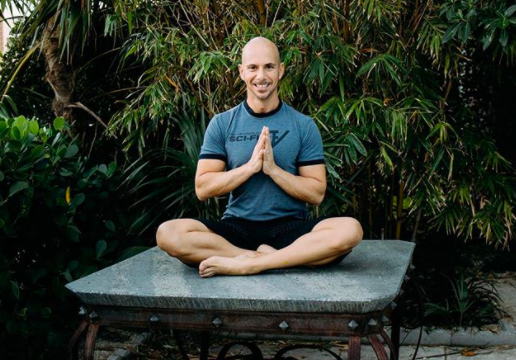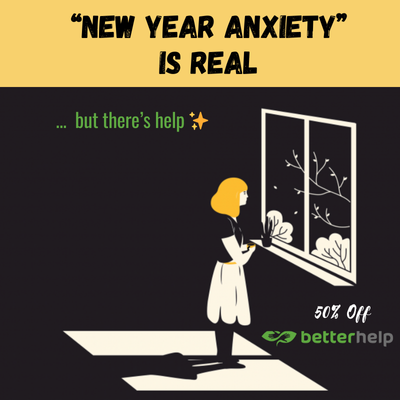
Elephant’s Continually-updating Coronavirus Diary. ~ Waylon
~
Since 2005, teaching yoga has been my bread and butter.
I have enjoyed the feeling of independence that comes from not having a boss breathing down my neck from nine-to-five. I have relished the fact that I don’t own a suit and tie and can wear whatever the heck I want. I walk in and out of fitness centers and yoga studios and don’t take my work home with me. My job consists of sharing a practice that makes me a better human being and offers the same possibility to others—how cool is that?
I enjoy getting to know people from every walk of life. Over the years, I have practiced with thousands of folks in Miami and New York City, and even though I don’t consider myself a “yoga celebrity,” I have maintained a connection with my students, a loving bond that transcends the miles between us and the long periods of not practicing together.
But now, the world is in crisis. My heart aches for the suffering that everyone is experiencing on such an enormous scale. I am deeply involved in doing my part to help by offering yoga, meditation, stress reduction, and sound classes through my nonprofit organization, and I am actively providing resources to first responders, hospitals, shelters, police, and others in my community. So, while I am keenly aware that this might not be the best time to talk to you about the exciting possibilities of being a yoga teacher, I am willing to take the chance.
I hope these five takeaways make you think, reflect, and feel positive about being a yoga teacher during this pivotal moment in history.
1. You can be free from studio tyranny.
Most full-time yoga instructors get paid by the hour, or per head, or on commission. I understand the financial distress that the pandemic and the lockdown have created. I can feel the pressure on my own budget. Our shalas are temporarily shut down and will no doubt be struggling to pay the rent. Many studios have already announced that they can’t sustain the losses and will not reopen after the pandemic. There is no stimulus package coming from the Yoga Alliance to save us. The vast majority of us are now unemployed independent contractors without health insurance.
While these are scary times, I nevertheless also see them as a unique opportunity for us to forge our own paths as teachers. We no longer have to follow studio rules. We no longer have to bow to the bottom line. Finally, we independent teachers can carry the torch of yoga in whatever way we want, without being limited by someone else’s interests, protocols, guidelines, or policies.
2. “Real” teachers can craft their own narrative.
Did you notice how every teacher jumped on the online bandwagon as soon as the world went sideways? Offering Zoom sessions, virtual classes, online training of every kind? Entire yoga studios moved their schedules online. And I am no exception. For the first time, we are seeing a massive amount of teaching being offered online by yoga teachers who no longer have to bust their asses racing back and forth to brick-and-mortar classrooms. Yogis are figuring it out on Zoom, Vimeo, YouTube, Instagram, and Facebook live. We are all learning how to use technology to teach what we love. It’s not easy, but it is empowering. I can feel a newfound sense of autonomy emerging among us.
While the kind of redemption momentum incurred in this shift from a vain, unreal, and elitist studio milieu might dissipate post-crisis, right now I find it exciting. Kudos to social media and to every “real” yoga teacher for stepping up to the plate.
3. It spells the end of celebrity yoga culture.
There is so much yoga for the “real” teachers now that the voices of the yoga celebrities have become just part of the chorus, and their messages are getting lost among the many voices of those who need to teach to pay their bills. Many yoga celebrities are having a difficult time trying to adapt their “niche” brands of yoga for a privileged few to a yoga for the masses who are struggling to make ends meet.
For the first time in contemporary yoga, the “real” teachers, who don’t spend every weekend at a fabulous retreat center, who don’t have a voice, a message, a clear goal, a platform, and an eager audience. And this force is more powerful than any celebrity yoga marketing plan. It gives me hope that the nonsense of yoga celebrity culture is ending—right here on our screens.
4. You can be empowered by social media.
This pandemic has created a huge shift in how we consume yoga. Yoga is no longer a commodity; it is a necessity. We see our students eagerly trying to get their yoga classes online. They are willing to open a Facebook or an Instagram account even if they never thought about it before. They are willing to deal with Zoom, YouTube, Vimeo, and any other platform on which they can feel connected. Yoga is being adapted for the screen, be it the iPad, iPhone, laptop, or smart TV. And guess what? It works! Our students are realizing that they can use their devices to get their fix—they don’t have to go to a yoga studio.
Although we knew yoga had become a mainstream, profitable industry, we can now understand the true meaning of the word “yoga”—union—as we connect with one another via our screens. I’m curious to see what unfolds after the pandemic. Now that so many students know that they don’t have to pay astronomical monthly fees for a yoga studio and now that real yoga teachers know they have a voice that can be shared online, what will the future bring?
5. The value of yoga is becoming universally appreciated.
Have you seen the videos of nurses chanting before beginning their shifts or of doctors practicing yoga during short breaks between working in overwhelmed hospitals? They are both inspiring and sad. But we can see quite dramatically that yoga is not exclusively for the rich and fit.
Our first responders, our police, our shelter staff, and our caregivers are relying on us and our teaching to keep them sane during probably one of the most challenging moments in their careers. If this doesn’t make you stop and bow to yoga, I don’t know what would.
These are difficult times. We need to keep our hearts open to the suffering of the world; we have to stay open and vulnerable to be of service more than ever before. I hope these five observations bring you some comfort and a more optimistic view of the role that we, as yoga teachers, can play in the unfolding of this pandemic.
~
Stay in touch with Adrian here.
~
Relephant:
~









Read 4 comments and reply